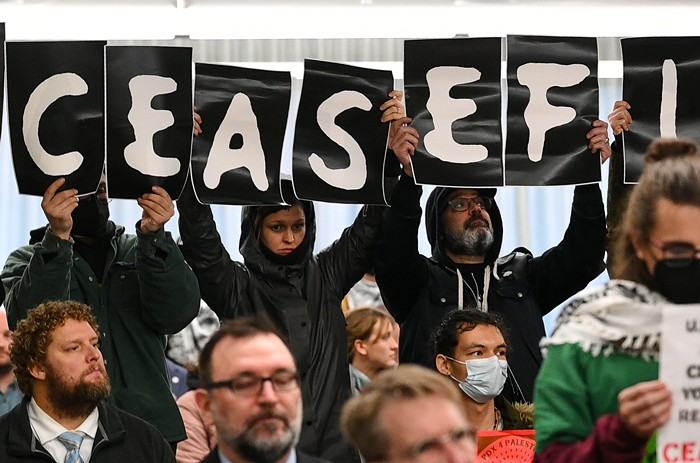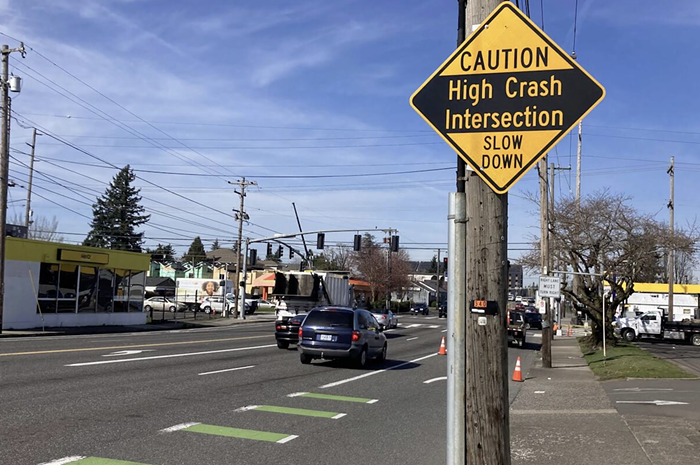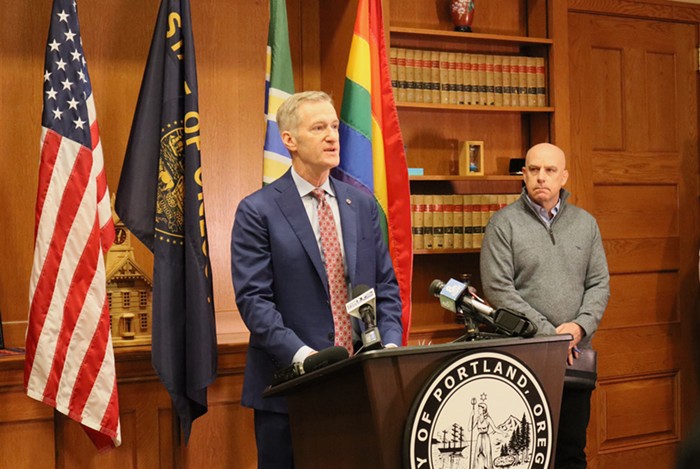
Thanks to last week’s passage of President Joe Biden’s $1 trillion infrastructure package, the Oregon Department of Transportation (ODOT) will receive an estimated $1.2 billion in additional federal funding over the next five years. While ODOT will spend the next four months determining where to allocate the influx of transportation dollars, a vast majority of the one-time funding will go towards highway projects.
Oregon’s federal funding falls into three different categories: $3.3 billion that funds pre-existing programs, $1.2 billion for new highway and public transit projects, and the opportunity to apply for additional project-specific grant funding. According to Travis Brouwer, the assistant director of revenue, finance, and compliance for ODOT, the dollar amounts are early estimates and may vary slightly as the funding is doled out.
“The Oregon Transportation Commission and ODOT will direct these funds, combined with state funding from the Oregon Legislature, to make real progress on Oregon’s transportation priorities,” said Bob Van Brocklin, the head of the Oregon Transportation Commission (OTC), which governs ODOT. “Specifically, some $1.2 billion will be allocated to our state in the next five years for highway and bridge construction and maintenance, safety improvements, mass transit investments, bicycle and pedestrian facilities, electric vehicle charging stations, and efforts to reduce carbon emissions from transportation sources."
Of the $1.2 billion in new funding earmarked for Oregon, $1 billion will be allocated to highway projects and $200 million will be used for public transit projects. The decision to divide the money between highways and public transit was determined by the federal government, not the state agency.
The majority of that funding, about $800 million, has conditions that further limit where ODOT can spend the money. For example, $52 million is specifically allocated for the construction of electric vehicle charging stations along highway corridors, $94 million is set aside for improving infrastructure resilience against disasters like earthquakes and landslides, and $45 million must go to transportation safety projects.
ODOT does, however, have flexibility over $400 million of the highway and transit funding. The OTC will have final say over how that $400 million should be spent. Oregonians will have several public comment opportunities over the next couple months as the OTC determines where the flexible funding should be invested. Brouwer said the first public comment opportunity will be in early December, but has yet to be scheduled.
In addition to the known federal funding the state will receive over the next five years, ODOT also has the opportunity to apply for $100 billion in grant funding. Some of the grant opportunities include funding for multimodal transportation projects—like the proposed interstate 5 bridge replacement over the Columbia River—and projects that reconnect communities that were divided by highways, like Portland’s Albina neighborhood when the I-5 corridor was constructed through the neighborhood in the late 1950s.
Given the vast amount of grant money up for grabs, ODOT knows it will get some additional project-specific funding, but the actual amount is unknown. Based on Oregon’s previous success at securing competitive federal grants, Brouwer estimates the state will secure about one percent of the total funding—about $1 billion—in additional grants over the next five years.
Several of ODOT’s major transportation projects like the Rose Quarter I-5 project and the I-5 bridge replacement are partially funded, which Brouwer says puts Oregon at a competitive advantage to win federal grants.
“The feds love people who bring most of the money to the table and all they have to do is provide the last dollar to finish off the finance plan for a major project,” Brouwer said. “We think that we already have for many of our projects sufficient match funds to make them highly competitive for these federal grants.”
The federal funding, while significant, does not change ODOT’s plan to introduce tolling on portions of the state’s major highways. ODOT plans to use future tolling revenue to fund major transportation projects.
“Even if we were to take all the $400 million in flexible funding that the OTC can allocate, that would not be enough to build [the Interstate-5 bridge, I-205 construction, and the Rose Quarter] projects in the absence of tolls,” Brouwer said. “We also know that tolls are going to be an important element for raising the revenue we need and for helping us manage congestion on the transportation system, so there's some value in looking at tolling as a way to ensure we’re operating the system as efficiently as possible.”
Local environmental groups like No More Freeways have been critical of ODOT’s planned use of tolling revenue to fund transportation projects that expand vehicle lanes. No More Freeways argues that by creating more spaces for cars to drive, the transportation department will only increase Oregonians’ car usage and expedite the impacts of climate change.
“No More Freeways believe that every federal transportation dollar given to ODOT should be spent on projects that will demonstrably reduce vehicle miles travelled to lower transportation-related carbon emissions,” No More Freeways member Aaron Brown said. “As our planet lurches towards climate catastrophe, it's imperative that local and statewide elected officials hold ODOT accountable to investing in infrastructure that doesn't further clog our community with cars, pollute our children's lungs or set on fire the planet they stand to inherit.”
The Street Trust, a transportation safety advocacy group, also raised concerns about the amount of funding dedicated to highway projects in comparison to public transportation.
“Unfortunately, what we heard in today’s briefing was far too much money planned for major highway projects and far too little committed to reducing and regulating greenhouse gas emissions in alignment with Governor Kate Brown’s Executive Order on Climate Action,” said The Street Trust Executive Director Sarah Iannarone.
The OTC will begin discussing where to direct the new federal funding during its November 18 meeting.



















